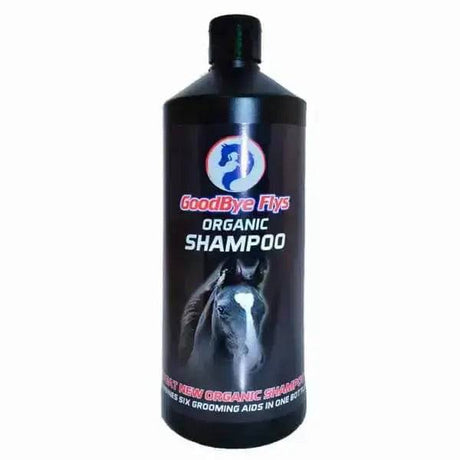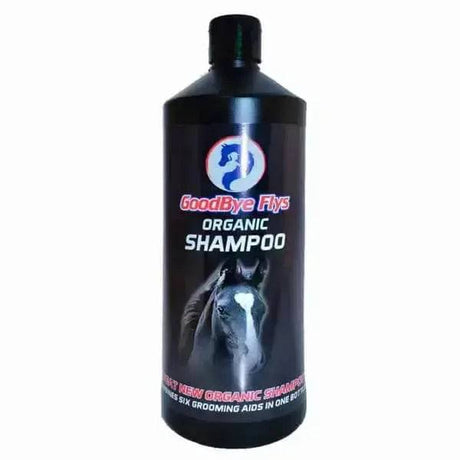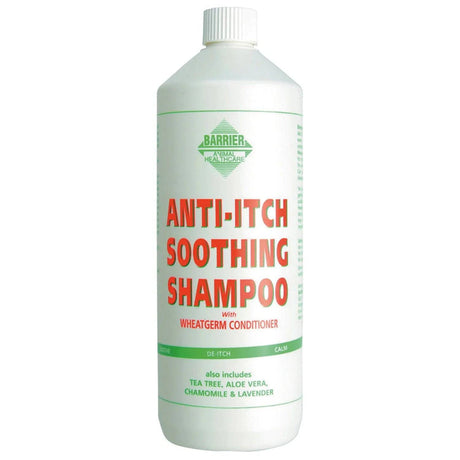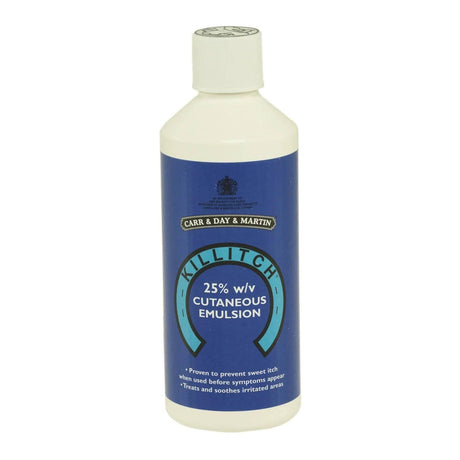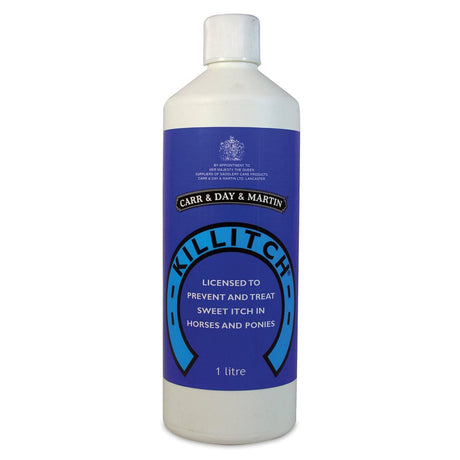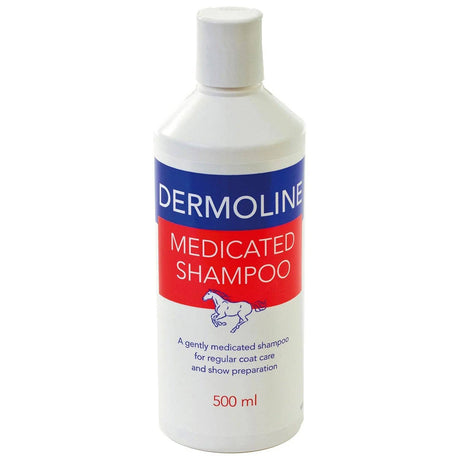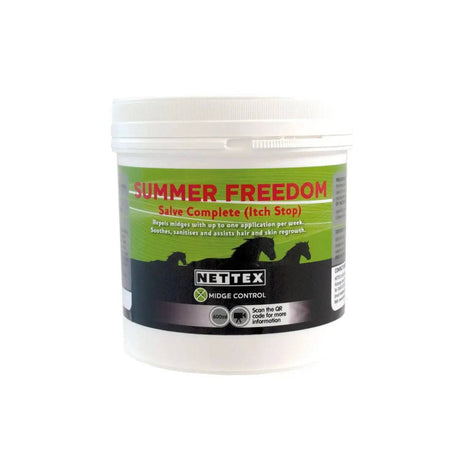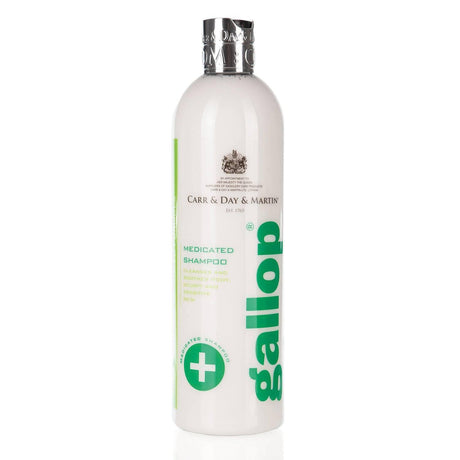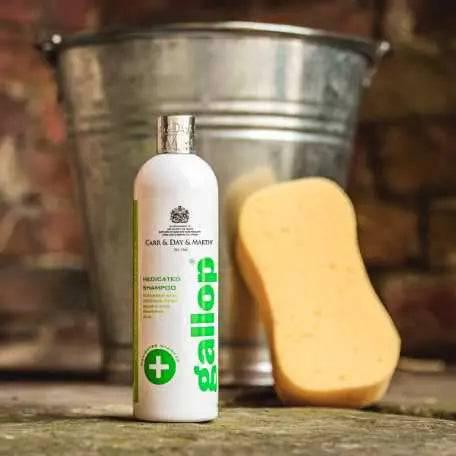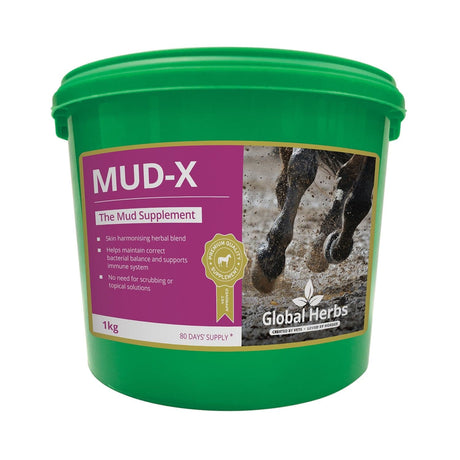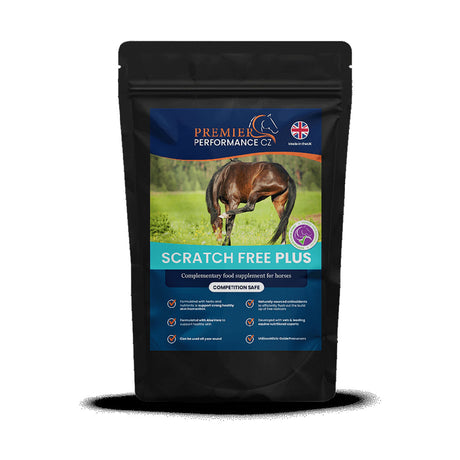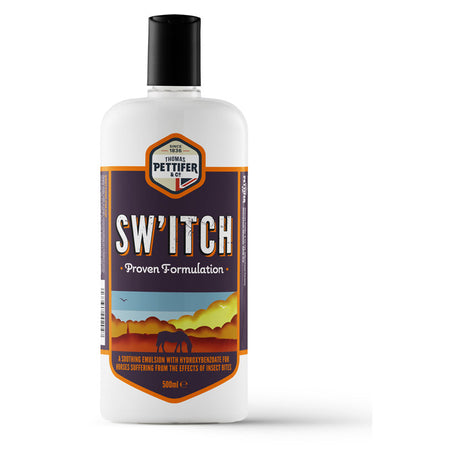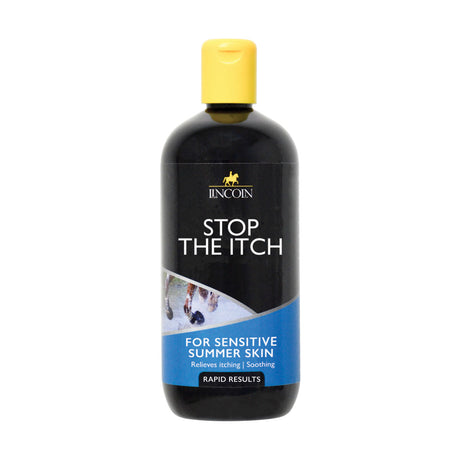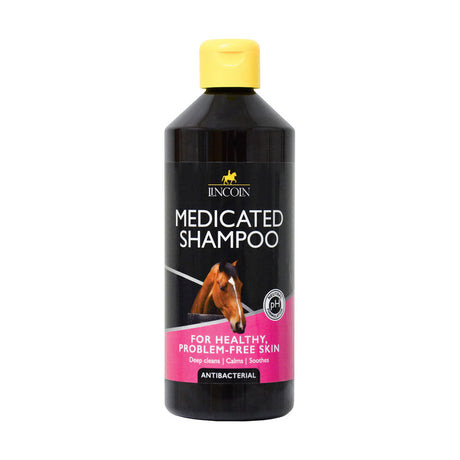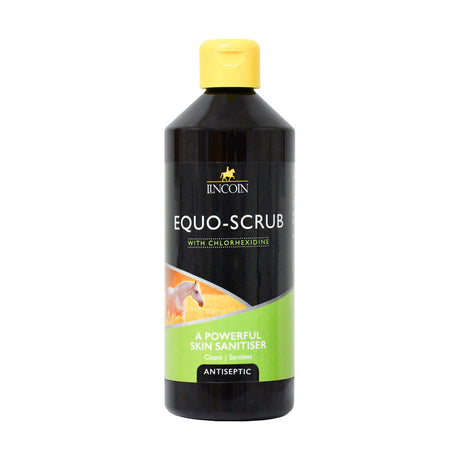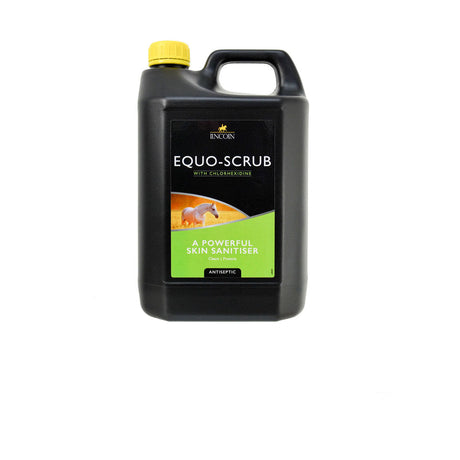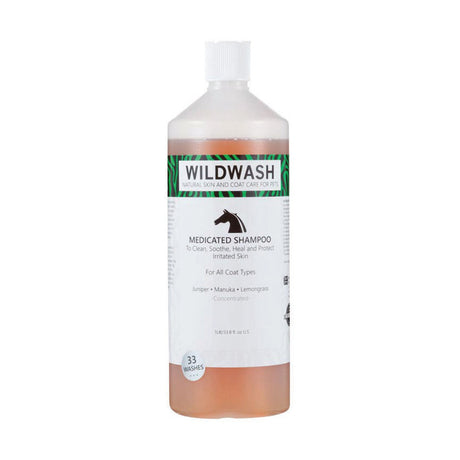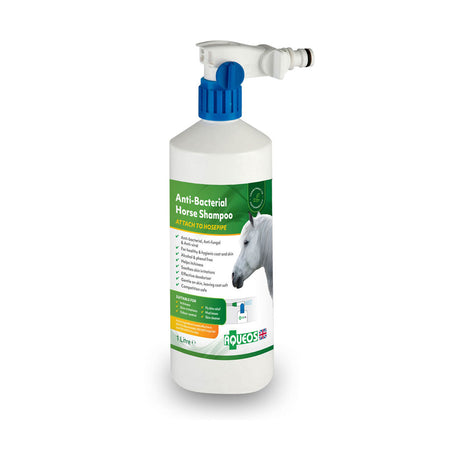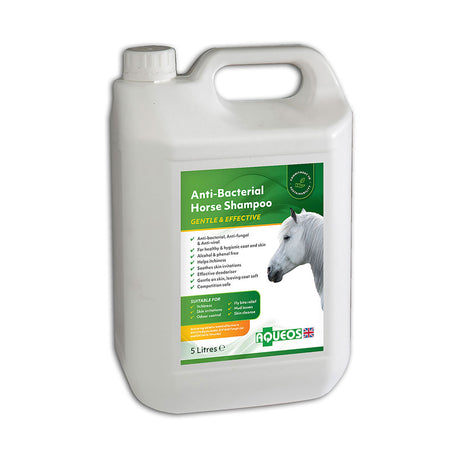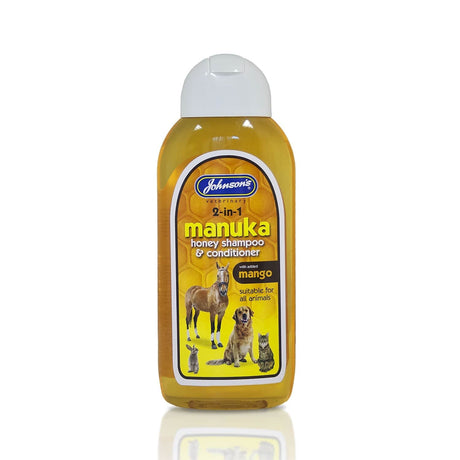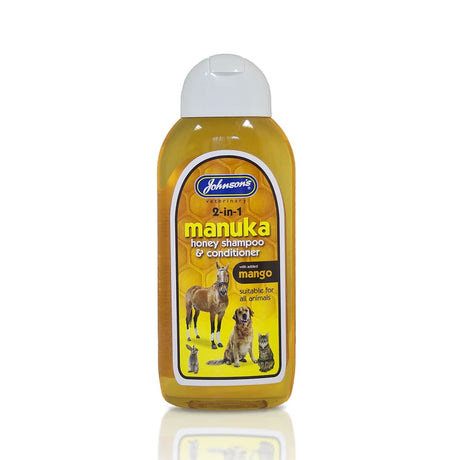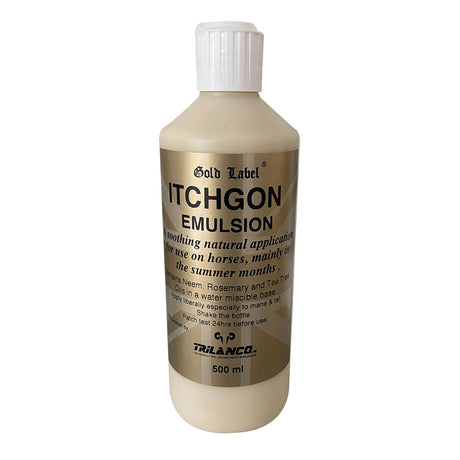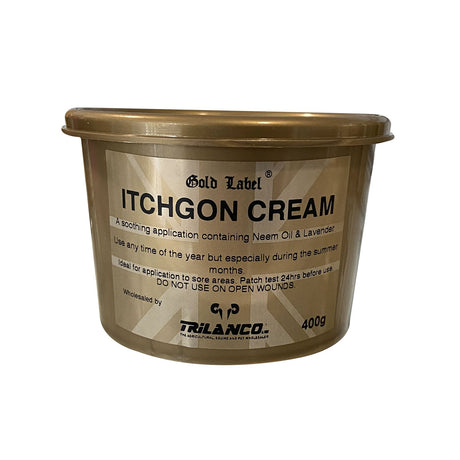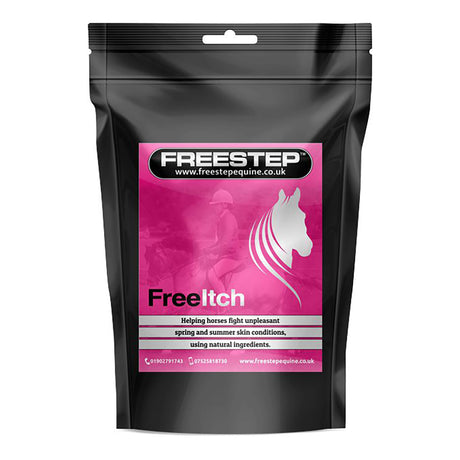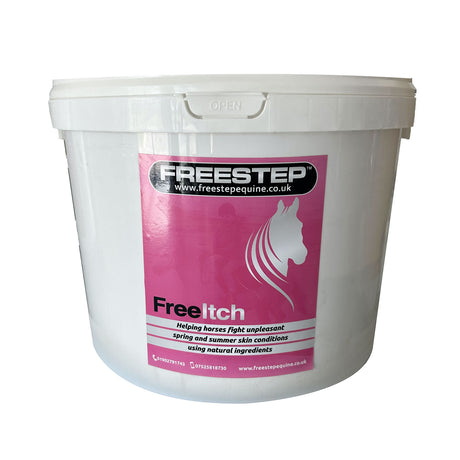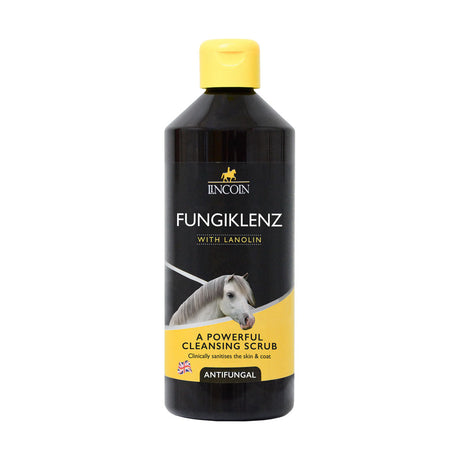Laminitis is a surprisingly common condition, affecting 1 in 10 horses or ponies every year. Whilst it can be irreversible some basic changes can manage this extremely painful and frequently recurrent condition in horses, ponies and donkeys.
Laminitis is a surprisingly common condition, affecting 1 in 10 horses or ponies every year. Whilst it can be irriversible it is important to learn how to manage this extremely painful and frequently recurrent condition in horses, ponies and donkeys.
Laminitis affects the tissues (laminae) bonding the hoof wall to pedal bone in the hoof. Once your horse and pony have had laminitis they will be more vulnerable to repeat episodes in the future.
Owning a Laminitic horse or pony can have significant welfare implications for owners but some simple lifestyle changes will certainly help.
Once viewed as a distinct disease affecting the feet, laminitis is now thought of as a clinical sign of endocrinopathic disease, which includes conditions such as equine metabolic syndrome (EMS) and pituitary pars intermedia dysfunction (PPID).
Signs of acute laminitis may include:
- Foot pain and lameness
- A typical laminitic stance (with the forelegs extended and the hind legs brought forwards
- Prolonged heat in the feet
- Excessive periods lying down
- Increased rate and strength of what is termed the “digital pulse” (this is felt where the digital artery runs over the back of the fetlock)
- Unwillingness to lift a hoof off the ground
- Shifting weight from side to side
- Painful response when pressure is applied to the sole of the foot
- General signs of pain, such as patchy sweating
Signs of chronic laminitis may include:
- Any of the signs displayed in an acute case of laminitis
- The hoof wall displaying characteristic laminitic rings
- Bruised soles (often with a flat or dropped appearance)
The most common cause of nutrition-related laminitis is an overload of rapidly fermentable carbohydrate either from starch found in cereals or sugars and fructan found in grass or forage.
Starch in Horse Feeds
Starch is a storage carbohydrate found in plants. Cereals such as barley and oats have high starch levels compared to forage; this is why the feeding of high levels of these cereals can trigger laminitis. If a large quantity of cereal is eaten in one go there may not be time for all of it to be digested in the small intestine.
When this happens, undigested cereal ends up in the large intestine where the method of digestion is fermentation by microbes (bacteria). Microbial fermentation of cereals causes an acidic environment in the large intestine. This in turn causes toxins to be released that can be absorbed from the gut into the bloodstream and transported around the body with detrimental effects.
Top Tips For Managing Horses and Ponies Prone To Laminitis
- Soaking hay reduces the sugar content
- Use small holed nets to make hay last longer
- Use low calorie fibre feeds such as Hi-Fi Lite alongside hay to provide more variety in your horse or pony’s ration
- Use late cut hay that is stalky as it will have a lower calorie content
- Use a grazing muzzle – research has shown it can reduce grass intake by around 75%
- Increase exercise – even if it doesn’t promote weight loss it helps to reduce the risk of insulin resistance which is a contributing factor to laminitis
- Avoid cereal mixes or cubes – only half a scoop of low energy mix provides enough energy for 20 minutes schooling
- For more information on managing horses and ponies prone to laminitis see the articles below:
- Feeding Horses or Ponies prone to laminitis
- Laminitis Guide
Formula4 Feet
The Formula4 Feet is a leading forensic laboratory producing this exception hoof supplement providing over 65 nutrients for a healthy horse with strong feet.
Topspec Antilam
TopSpec AntiLam is a palatable, pelleted forage balancer specifically designed to provide nutritional support for those prone to laminitis. It can also be fed to horses and ponies undergoing veterinary care. It contains a range of highly-effective supplements pelleted onto a cereal-grain-free, low sugar, low starch, high fibre and very low-calorie base.
.
SPILLERS HAPPY HOOF and HAPPY HOOF Molasses Free
2 versatile horse feeds both extremely versatile and can be fed in lots of different ways or to all sorts of horses and ponies. Both feeds contain short soft chopped fibres and added vitamins and minerals and are approved by The Laminitis Trust.
Here we have highlighted a few of the different ways that you can feed SPILLERS HAPPY HOOF and HAPPY HOOF Molasses Free to help you decide which is most suitable for your horse or pony.
Bulking Out Your Horses Feed
Most of us will know a horse or pony that maintains weight easily on forage alone and gets a very small bucket feed, usually looking longingly at us - ‘please sir, can I have some more?’! Adding a double handful of SPILLERS HAPPY HOOF or HAPPY HOOF Molasses Free to a feed balancer or broad spectrum vitamin and mineral supplement is a great way of bulking out the bucket and extending eating time with minimal calories added to the waistline.
While you are waiting for your veterinarian to arrive DO NOT:
- Feed
- Medicate
- Force to walk
- Place feed in cold water, or ice
However, if possible, if your horse will walk, lead your hose to a heavily bedded stable with shaving; make sure you do not use a straw bed as your horse may eat it.




